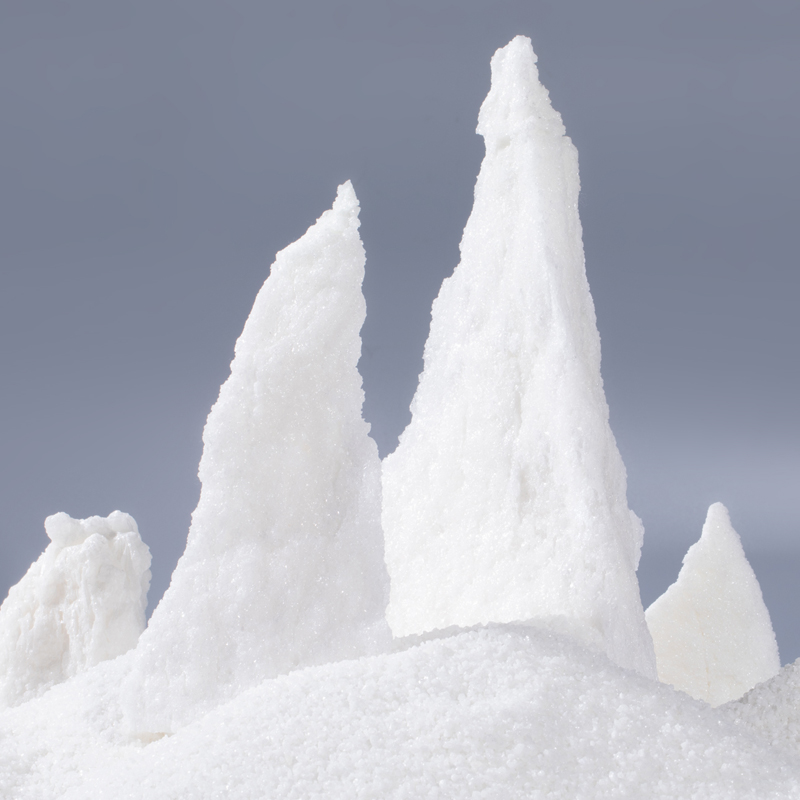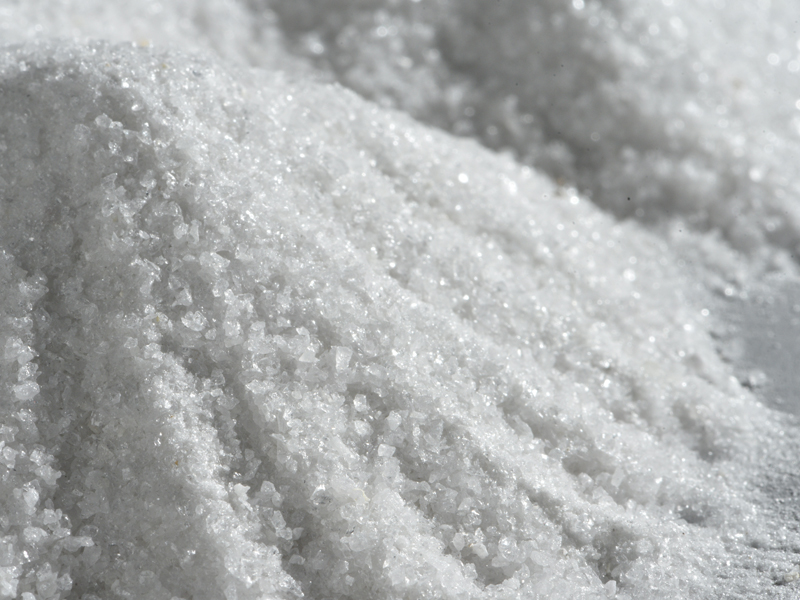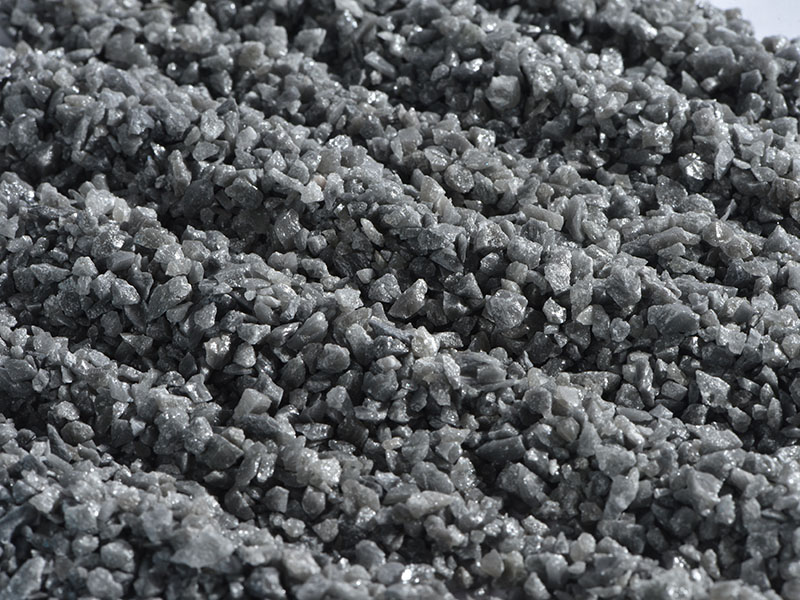Micro Sodium White Fused Alumina
Compared With β-Al2O3 And α-Al2O3
Sodium oxide is a harmful impurity to white corundum. It forms β-Al2O3 with alumina in the molten state, and the amount of production increases with the increase of sodium oxide content. Na2O in white corundum mainly appears in the form of Na2O·11AL2O3 (β-Al2O3). For example, if the alumina raw material contains more than 0.6% sodium oxide, the white corundum produced with it will contain more than 10% β-Al2O3.
Compared with β-Al2O3, α-Al2O3 has ‘three highs’. First, it has a high melting point, Secondly a high density, and thirdly a high hardness, as shown in the following table:
| Phase | Chemical compositions | Crystal System | Density (g/cm3) | Micro hardness (Kg/mm²) | Melting point (℃) |
| α-Al2O3 | Al2O3 | Hexagonal | 4.0 | 2300 | 2050 |
| β-Al2O3 | Na2O·11Al2O3 | Trigonal | 3.24 | 1300~1600 | 1600 |
Advantages
The micro-sodium white fused alumina improves the melting point, particle density, bulk density, flexural strength, compressive strength, true density, hardness and other properties of white corundum products, laying a solid foundation for the product to enter the high-end market.
Applications
It is suitable for processing alloy steel, high hardness steel, high carbon steel and other materials with high hardness and high tensile strength.
Chemical Composition
| Chemical Composition | Na2O % ≤ | Al2O3 % ≥ | SiO2 % ≤ | Fe2O3 % ≤ |
| Gurantee Value | 0.06 | 99.7 | 0.1 | 0.05 |
| Typical Value | 0.02 | 99.89 | 0.04 | 0.03 |



